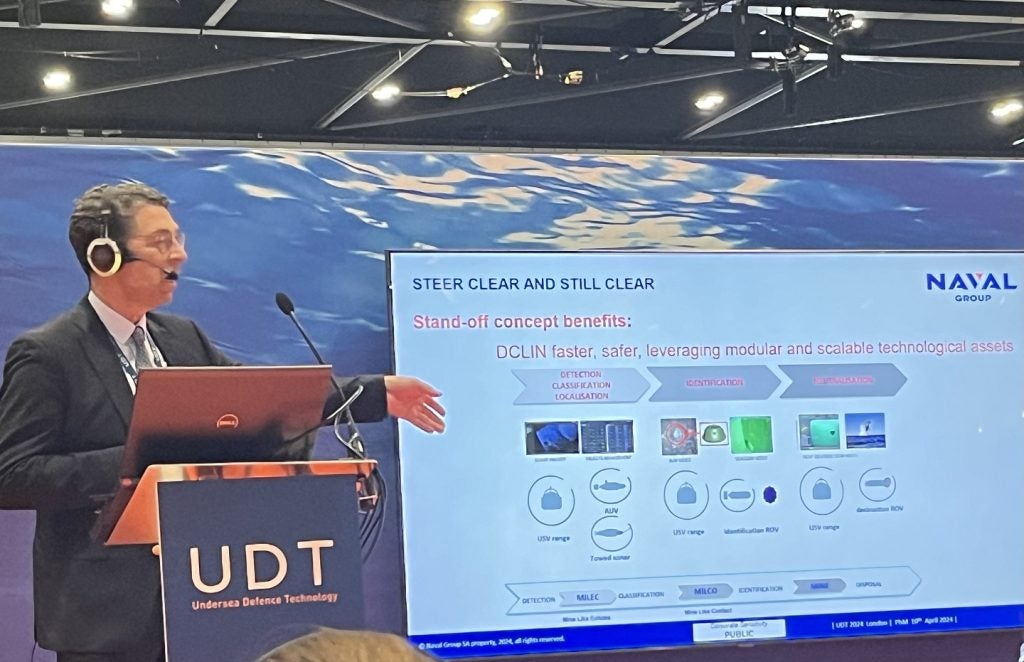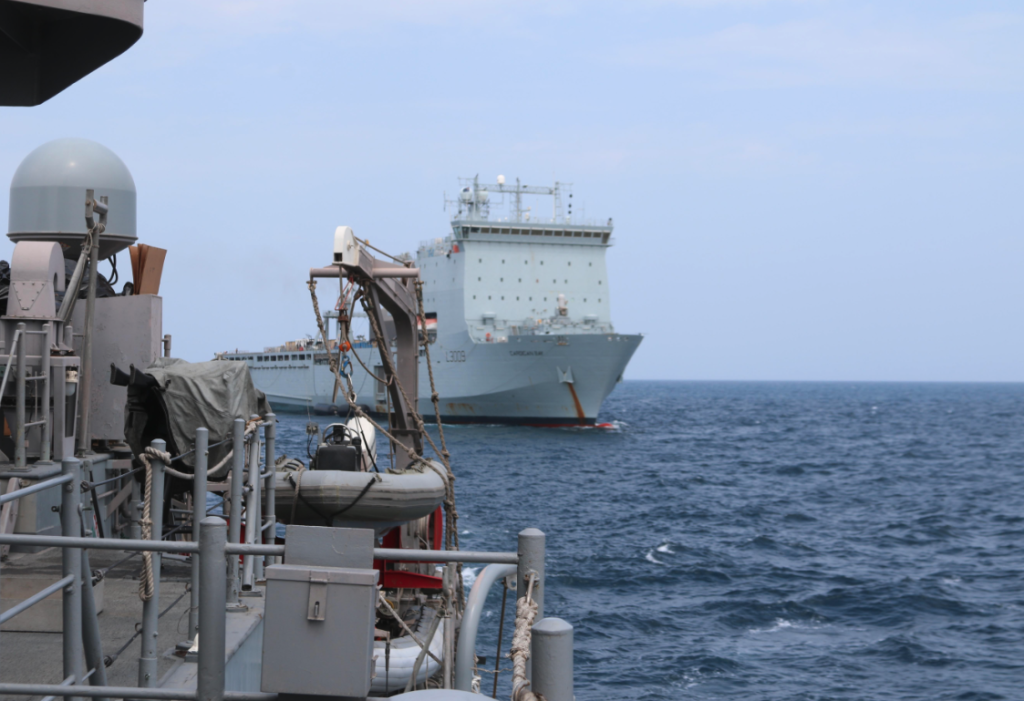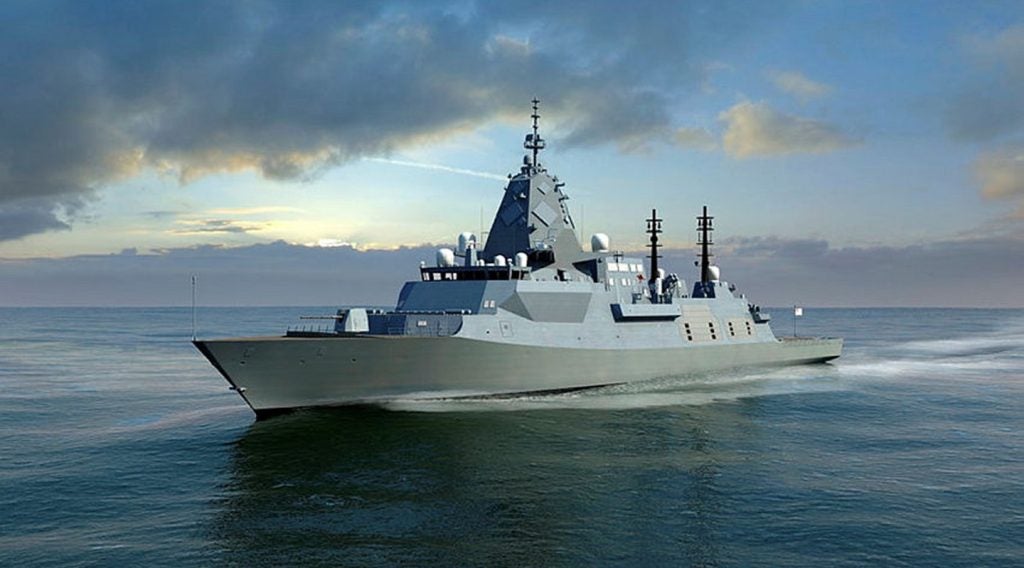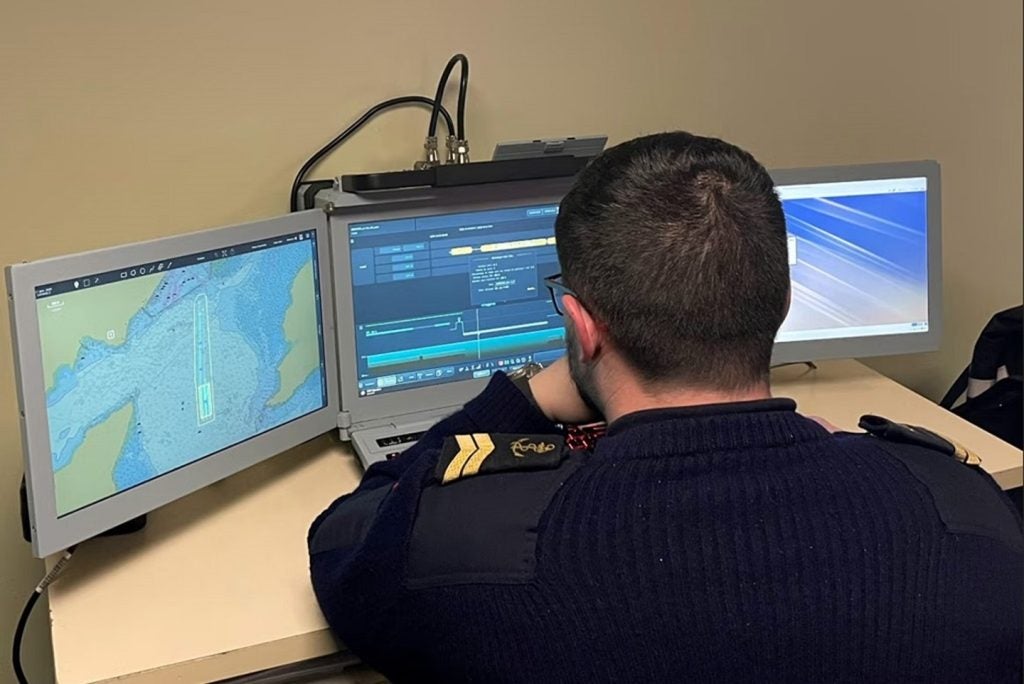

“Sea mines have always been relatively inexpensive weapons and their deployment can have an enormous impact on economic traffic as well as on combat power at sea,” says the head of the Standing NATO Mine Countermeasures Group 1, Royal Netherlands Navy Commander Peter Bergen Henegouwen.
Since 1945, mines have sunk or damaged more US Navy vessels than all other kinds of weapons combined, and there is strong evidence that a number of nations, including China and Russia, view them as a vital element in their naval warfare doctrine.
Developments in sea mine technology
While the popular image of the sea mine – a spike-covered ball, bobbing about on the waves – is of a design perfected in 1908 for the pre-revolutionary Russian Navy, the technology has moved on significantly since then, and mines no longer rely on ships simply running into them.
How well do you really know your competitors?
Access the most comprehensive Company Profiles on the market, powered by GlobalData. Save hours of research. Gain competitive edge.

Thank you!
Your download email will arrive shortly
Not ready to buy yet? Download a free sample
We are confident about the unique quality of our Company Profiles. However, we want you to make the most beneficial decision for your business, so we offer a free sample that you can download by submitting the below form
By GlobalDataToday’s systems can be triggered by the magnetic field of a ship, the sound of its propellers or the pressure of its wake. There are ‘stealthy’ mines fashioned in shapes and materials designed to minimise their sonar profile, ‘smart’ mines that can discern between targets and ‘rising’ mines that fire torpedoes. There may soon be versions equipped with sea-to-air missiles to destroy low-flying aircraft, and there are even as yet unsubstantiated murmurings of nuclear-armed mines in the inventories of China and North Korea.
However, Henegouwen warns that any nation actually deploying these weapons to deny mariners the free use of the sea would undoubtedly provoke a global response.
“Even the threat to use them will have consequences,” he says. “The threat by Iran to close the Strait of Hormuz some years ago resulted in a permanent multi-party mine countermeasures capability in the Arabian Gulf with an annual US-lead international mine countermeasures exercise (IMCMEX) that attracts all kinds of participants that have an interest in the area.”
Any short-term tactical advantage that could be gained from sea mines risks becoming a longer-term strategic error – although the mere possibility of their use remains an unnervingly big bluff to call.
Assessing the world’s inventories
So, between the oceans and the weapons inventories of the world, just how many mines are out there? It seems no one really knows.
For one thing, keeping count is not easy when there is so much leftover ordnance from previous conflicts. Some estimates suggest that there may be as many as a quarter of a million remaining from World War II – potentially still active and a threat to shipping – while the legacy of the two world wars in the Baltic alone could be as high as 80,000 mines.
The picture is no clearer when it comes to assessing the size of individual nations’ current arsenals. According to different sources, Iran may have as few as three thousand, or as many as 20,000; North Korea is claimed to have 50,000 – but it is seldom easy to be entirely sure about anything when it comes to that most secretive of nations; estimates for China range from 50,000 to100,000; Russia reportedly inherited an ex-Soviet legacy in excess of 250,000. With all of these figures there is a huge and obvious degree of uncertainty, not least because unlike many weapons systems, naval mines can be surprisingly easy to manufacture in secret and then hide away.
That also potentially brings them within reach of non-state actors. They may not yet have become the ‘IED of the sea’, but some commentators suggest that it may only be a matter of time. Mines were used recently in the Libyan crisis; it does not seem a huge step to see them finding their way into the hands of others in the region.
Modern mine countermeasures
The element of doubt is, of course, a major part of the psychology of mine warfare. If your enemies have the capability to deploy mines, you can never be sure if they have, or not, and while the weapons themselves may date from a different time, the threat they pose can be all-too immediate. In many respect, the rarity of mine usage today arguably makes mine countermeasures (MCM), and specialist mine-hunting vessels in particular, more relevant.
Henegouwen says that for the coming years NATO will have to provide a robust and flexible MCM capability that for the longer term will be durable, affordable, sufficiently manned, trained and ready to deploy anywhere in the world at a moment’s notice. With harbours and narrow shipping lanes typically the target of mining activity, modern highly manoeuvrable minehunters, with their shallow draughts and low acoustic/low magnetic signatures will remain critical in getting that MCM capability into place quickly and safely.
Increasingly these mine-hunting vessels rely on robotic systems and international co-operation to bring together the necessary expertise to defeat ever-more sophisticated types of mines. Exercises such as last October’s joint US/UK survey of the sea bed around Bahrain using a range of autonomous and unmanned vehicles are an important means to reassure those using the shipping lanes on a daily basis.
That operation, which involved two Royal Navy’s Sandown-class mine hunters Bangor and Shoreham and the US Navy’s MCM vessels Devastator and Gladiator, successfully mapped the objects already lying on the sea floor, to make spotting suspicious new arrivals easier should hostile mining ever be suspected at some time in the future. However, when it comes to dealing with these potential threats, it seems people will still have a place.
Since the introduction of unmanned underwater vehicles 30 years ago, enormous improvements have been made in endurance, underwater navigation, autonomy, data communication, detection and identification sensors and even disposal. Despite this, Henegouwen says that none of the existing systems can offer the full range of MCM-techniques, or beat a diver for identification.
“Even though sonar and laser techniques will be further developed, the data analysis and communication improved, operators are required to make decisions,” he says. “I doubt whether they will ever be able to do this out of the minefield. It is unlikely that new techniques will overcome the MCM challenges posed by the underwater environment at sea in the next 30 years, but I certainly hope so.”
The MCM field has always been an evolving one. In 1914, fishing trawlers were used to sweep mines out of the way, then came purpose-built vessels to do the job, and later mine hunters as the sophistication of mines made them increasingly difficult to deal with by conventional mine-sweeping alone. Since the Second World War, human divers, trained marine mammals and now robot vehicles have been brought to bear on the threat. While the techniques and technology may be moving with the times, mine-hunting – and minehunters – seem to be here to stay.







